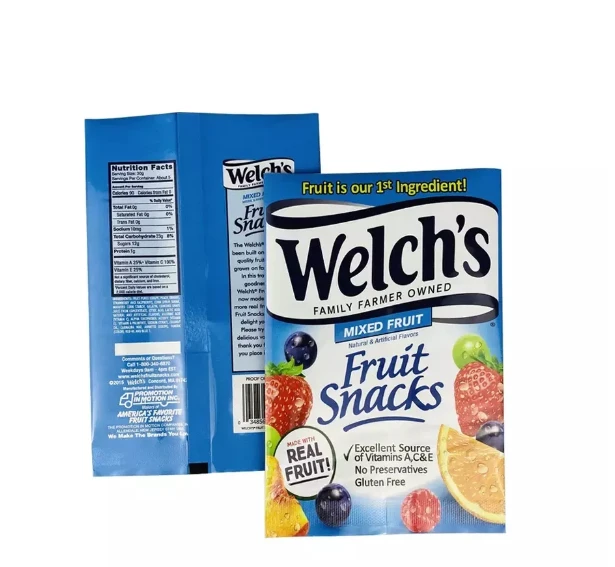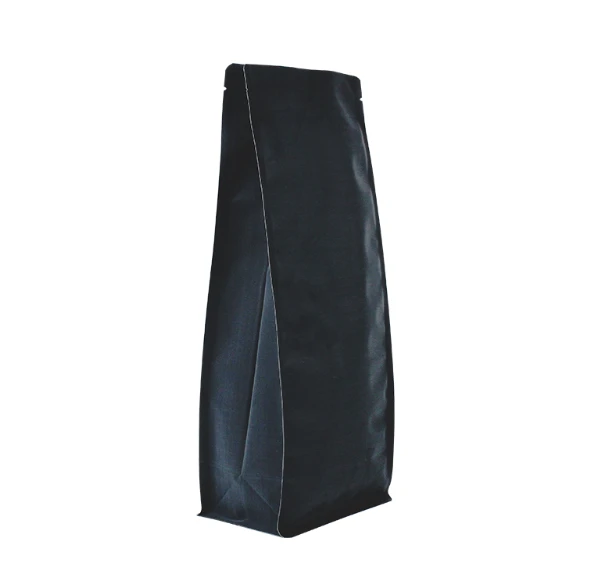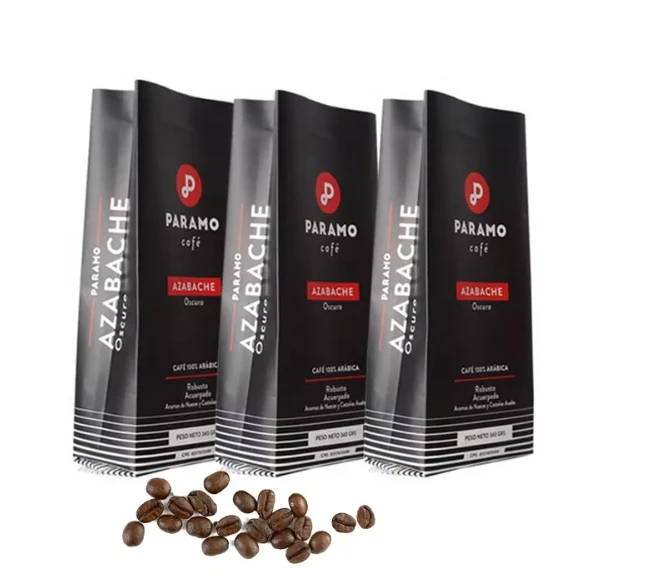- Afrikaans
- Albanian
- Amharic
- Arabic
- Armenian
- Azerbaijani
- Basque
- Belarusian
- Bengali
- Bosnian
- Bulgarian
- Catalan
- Cebuano
- chinese_simplified
- chinese_traditional
- Corsican
- Croatian
- Czech
- Danish
- Dutch
- English
- Esperanto
- Estonian
- Finnish
- French
- Frisian
- Galician
- Georgian
- German
- Greek
- Gujarati
- haitian_creole
- hausa
- hawaiian
- Hebrew
- Hindi
- Miao
- Hungarian
- Icelandic
- igbo
- Indonesian
- irish
- Italian
- Japanese
- Javanese
- Kannada
- kazakh
- Khmer
- Rwandese
- Korean
- Kurdish
- Kyrgyz
- Lao
- Latin
- Latvian
- Lithuanian
- Luxembourgish
- Macedonian
- Malgashi
- Malay
- Malayalam
- Maltese
- Maori
- Marathi
- Mongolian
- Myanmar
- Nepali
- Norwegian
- Norwegian
- Occitan
- Pashto
- Persian
- Polish
- Portuguese
- Punjabi
- Romanian
- Russian
- Samoan
- scottish-gaelic
- Serbian
- Sesotho
- Shona
- Sindhi
- Sinhala
- Slovak
- Slovenian
- Somali
- Spanish
- Sundanese
- Swahili
- Swedish
- Tagalog
- Tajik
- Tamil
- Tatar
- Telugu
- Thai
- Turkish
- Turkmen
- Ukrainian
- Urdu
- Uighur
- Uzbek
- Vietnamese
- Welsh
- Bantu
- Yiddish
- Yoruba
- Zulu
Innovative Applications and Benefits of Polylactic Acid in Modern Industries and Sustainability
Polylactic Acid A Sustainable Future for Plastics
In recent years, the growing concern over environmental issues has spurred the development and adoption of more sustainable materials. Among these revolutionary materials is Polylactic Acid (PLA), a biodegradable and bioactive thermoplastic derived from renewable sources. This innovative polymer not only addresses the pressing issue of plastic pollution but also showcases the potential of bioplastics in creating a more sustainable future.
Polylactic Acid is primarily made from fermented plant starch, typically derived from corn or sugarcane. The production process involves the fermentation of sugars to produce lactic acid, which is then polymerized to form PLA. This is a considerable departure from traditional petrochemical-based plastics, which are derived from fossil fuels. By utilizing agricultural feedstocks, PLA reduces our reliance on non-renewable resources, making it an environmentally friendly alternative.
Polylactic Acid A Sustainable Future for Plastics
PLA is versatile and can be used in various applications, from packaging materials to medical devices. In the food industry, PLA is commonly used for producing biodegradable containers, cups, and utensils, providing an eco-friendly option for single-use products. Similarly, in the realm of healthcare, PLA has found applications in sutures, drug delivery systems, and 3D-printed scaffolds for tissue engineering. Its biocompatibility and ability to support cell growth make it an attractive option for numerous medical applications.
polylacticacid

The production of PLA also contributes to reduced greenhouse gas emissions. Traditional plastics release a significant amount of carbon dioxide and other pollutants during their lifecycle, from extraction and processing to disposal. In contrast, PLA's production can result in lower emissions, especially when compared to fossil-fuel-based manufacturing processes. Furthermore, the plants used to produce PLA absorb carbon dioxide during their growth, which partially offsets the emissions generated during production.
Despite its many benefits, PLA is not without its limitations. One notable drawback is its thermal stability and mechanical properties. PLA tends to have a lower heat resistance compared to other plastics, limiting its use in high-temperature applications. Additionally, its rigidity may not be suitable for all packaging applications. However, ongoing research and development efforts are aimed at improving its properties, making it a more viable alternative across a broader range of uses.
The need for alternative materials is more critical than ever as consumer awareness regarding environmental sustainability continues to rise. Many companies are now exploring ways to incorporate PLA into their product lines, driven by both consumer demand and the push for more sustainable practices. This shift towards using bioplastics like PLA is helping to pave the way for a circular economy, where materials are reused and recycled, minimizing waste and promoting sustainability.
In conclusion, Polylactic Acid stands at the forefront of the movement towards sustainable materials. Its origins from renewable resources, biodegradability, and potential applications across various industries highlight its role as a game-changer in the fight against plastic pollution. While challenges remain, the ongoing advancements in PLA technology present promising opportunities for a greener future. By embracing materials like PLA, we can take meaningful steps towards reducing our environmental footprint and creating a more sustainable planet for generations to come. The transition to bioplastics is not just a trend but a necessity, and Polylactic Acid is leading the charge toward a more sustainable and eco-conscious world.













